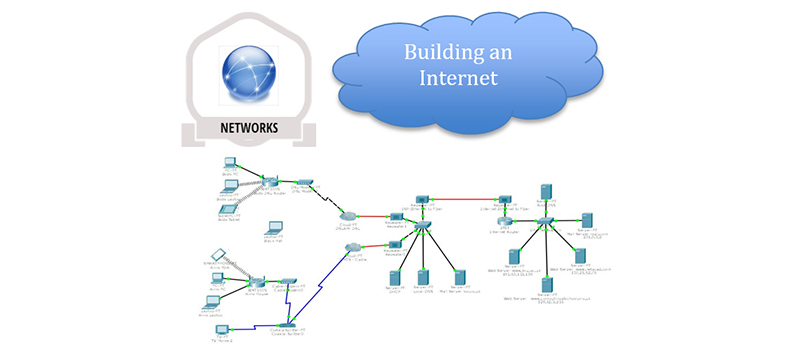11 Point-to-Point Protocol over Ethernet
- So far, you have looked at the network access layer protocol Ethernet and its role in transporting frames between devices within networks. It is also important to note that a wide variety of other network access protocols are utilised within service provider networks, some of which include:
- High-Level Data Link Control (HDLC)
- Point-to-Point Protocol (PPP)
- Asynchronous Transfer Mode (ATM)
- You will not encounter these protocols within a home network, but some of the functions of PPP are utilised to support the connection between a home router and a service provider.
- PPP functions include the ability to assign addresses to remote devices (in a similar manner to DHCP) and to authenticate devices attempting to connect to a network. Authentication is the process in which a user provides information, such as a username and password, to identify themselves to the service provider. Authentication is obviously very important from a service provider’s point of view, as it allows them to restrict access to their network to genuine (paying) subscribers.
- Many ISPs use Ethernet framing to connect households and their own networks, but Ethernet on its own cannot support authentication. This leads to the development of Point-to-Point Protocol over Ethernet (PPPoE), which is a network access protocol capable of encapsulating PPP frames within Ethernet frames:

Figure 26
- Because the PPP frame is included within the data payload area, it reduces the room available for carrying packets. PPPoE allows ISPs providing ADSL broadband to use the functions of PPP, particularly authentication, while still providing an Ethernet service.
- Another option for connecting a home router to an ISP is PPP over ATM (PPPoA), which provides essentially the same function as PPPoE for service providers who have implemented ATM routing within their WAN.
- The main difference between the two protocols from a home user’s point of view rests in authentication. PPPoA requires the home router to be configured with a username and password in order for it to connect to the ISP. Any home device that connects to the home router is then able to access the Internet via the ISP. PPPoE offers the same service but, additionally, it can be installed as a client application on individual devices, allowing them to establish separate, authenticated sessions with the ISP.
Back to previous pagePrevious
10 Sending data to the WAN
